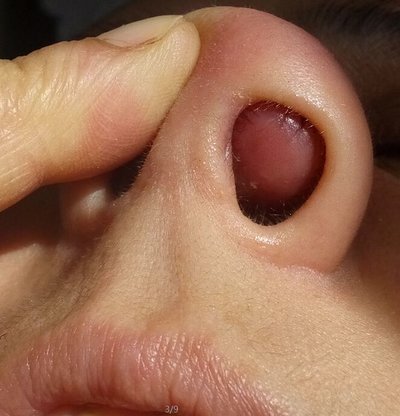Symptoms of Enterobacter cloacae infection?
summary
Enterobacter cloacae widely exists in nature. It can be detected in human and animal feces, water, soil and plants. It is one of the normal intestinal bacteria, but it can be used as a conditional pathogen. With the extensive use of cephalosporins, Enterobacter cloacae has become an increasingly important pathogen of nosocomial infection. Bacterial infectious diseases caused by Enterobacter cloacae often involve multiple organ systems, including skin and soft tissue infection, urinary tract infection, respiratory tract infection, bacteremia, sepsis, ophthalmitis, etc. Now let's talk about the symptoms of Enterobacter cloacae infection.
Symptoms of Enterobacter cloacae infection?
First: common symptoms: fever, skin and soft tissue infection, urinary tract infection, decreased immunity, shock, coma, nausea and vomiting, frequent urination with urgency and pain, backache, bacteremia, sepsis, shortness of breath. The clinical manifestations are various and similar to other facultative gram negative bacilli. It can be manifested as infection of skin, soft tissue, respiratory tract, urinary tract, central nervous system, gastrointestinal tract and other organs.

Second, the disease is caused by the migration of the bacteria or intestinal perforation to the peritoneum or other organs. At present, more and more attention has been paid to this bacteria in gastrointestinal infections, especially in liver transplantation related infections. Others include hepatic gas gangrene, acute emphysematous cholecystitis and sepsis after retrograde cholangiopancreatography, acute suppurative cholangitis with intermittent obstruction caused by cholelithiasis, peritonitis secondary to small intestinal obstruction without ascites or perforation, etc.

Third, Enterobacter cloacae can produce extended spectrum β— Lactamases (ESBLs) and chromosomal cephalosporinases (AmpC) are produced, so the drug resistance is serious. Enterobacter cloacae was less sensitive to amoxicillin and cefuroxime, and less sensitive to aztreonam, cefotaxime, ciprofloxacin, tazocillin and amikacin. In the treatment of Enterobacter cloacae infection, we should select a reasonable treatment plan according to the results of drug sensitivity test to avoid the abuse of antibiotics.

matters needing attention
1. Strengthen labor protection, avoid trauma and wound infection, and protect the integrity and cleanness of skin and mucous membrane. 2. Do a good job in disinfection, isolation and protection of hospital wards, wash hands frequently to prevent cross infection of pathogenic bacteria and opportunistic pathogens in the hospital. Medical staff with chronic infection should be temporarily transferred out of the ward for treatment.













